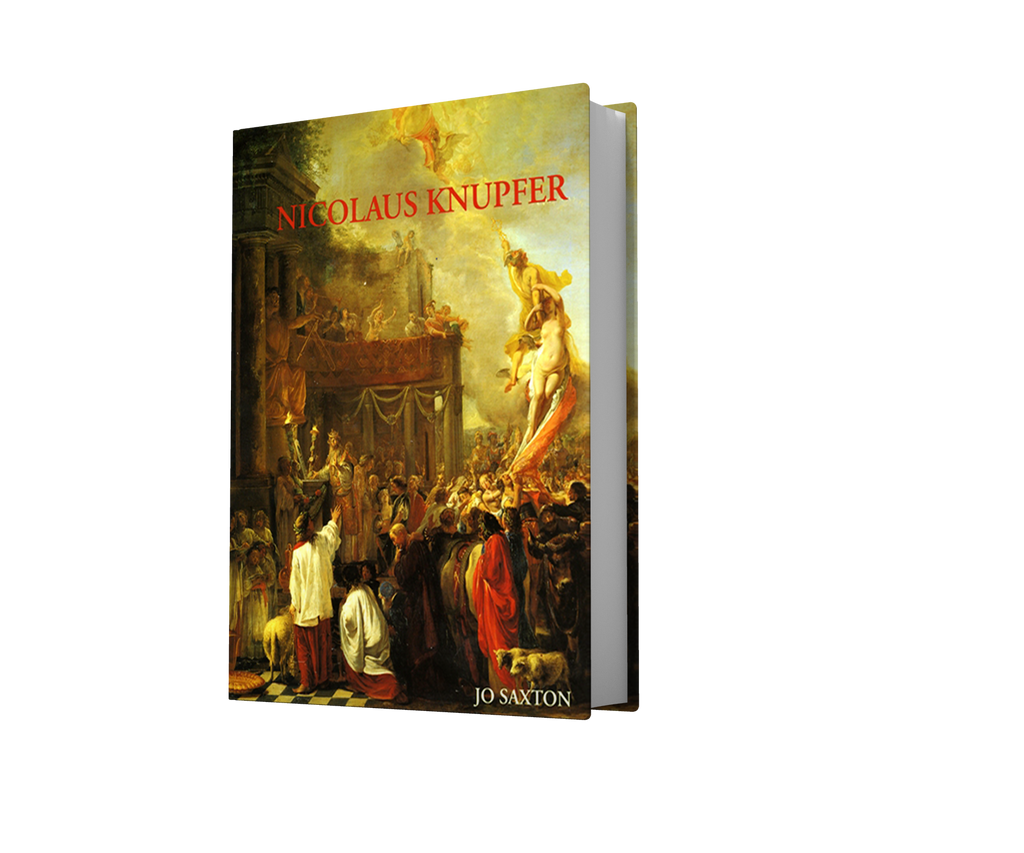
NICOLAUS KNUPFER - An original Artist. Monograph and Catalogue Raisonné of Paintings and Drawings
aetas aurea xix
Jo Saxton
2004. 4to. 295 pages text, 245 plates and illustrations (from which 32 in colour) and 61 comparative figures. Cloth bound with dustjacket.
ISBN 90 70288 77 X
Nicolaus Knupfer (1603/09-1655) was one of the most inventive artists active in the Northern Netherlands during the seventeenth century. He was the author of erudite histories which are enlivened with the humanity of genre and distinguished by their unique candour. Knupfer's most enduring innovation was the first painting of A Doctor's Visit, a development hitherto credited to Gerrit Dou or Frans van Mieris; yet this is only one of the new themes: some were derived directly from classical sources which make his oeuvre exceptional. This study defines the origins and the nature of Knupfer's originality by clarifying his biography and reconstructing his oeuvre.
As the first extensive monograph and catalogue raisonné devoted to Nicolaus Knupfer the book contains much new and previously unpublished material. The introduction sets out the paradox of Knupfer's critical fortune: the very blend of circumstances and artistic independence which brought him success in his lifetime has also left him difficult to place. Born in Germany, he was active in The Netherlands; a history painter, he worked with the bravura, and in the scale, of a genre painter; his art was mostly produced in Utrecht and yet is distinct from what we think of as Utrecht painting.
The biography of the artist, which is supported by an overview of archival documents and an appendix of genealogical information, places Knupfer back into his historical and social context and offers answers to some of the persistent questions with which the artist's name has become linked: when and where was he born? What was his relationship with Jan Steen? Did he work in collaboration?
The most important question: what was he painting? is addressed in the books' subsequent chapter and throughout the catalogue entries, and the answers are often surprising. By identifying Knupfer's visual and literary sources it becomes clear that although his unique development owed much to artists whose names one might anticipate: Bloemaert, Honthorst, Poelenburch and Wtewael, and his German predecessors Elsheimer, Liss and Pencz, influence was also exerted, less expectedly, by some of the writers and intellectuals then active in the Northern Netherlands. By linking Knupfer's original pictures to humanism the book locates the probable audience for this form of unusual history painting.
The catalogue raisonné presents Knupfer's oeuvre as a coherent entity for the first time. It contains detailed information for all 304 items, not only in terms of provenance, literature and attribution but also concerning the subject-matter. The catalogue breaks down into 78 paintings and 31 drawings which are accepted as authentic, 21 paintings and 9 drawings for which the attribution is problematic, and 126 works which are mentioned in historic literature but remain untraced. In addition, 30 paintings and 9 drawings which can no longer be attributed to Knupfer are included. The latter are not just listed but are discussed and in a number of cases new attributions are suggested. The catalogue is complemented by a discussion of the chronology of Knupfer's oeuvre, a list of works which are signed and dated, and a concordance with Kuznetzov's numbers from his articles on Knupfer of 1964 and 1974.



